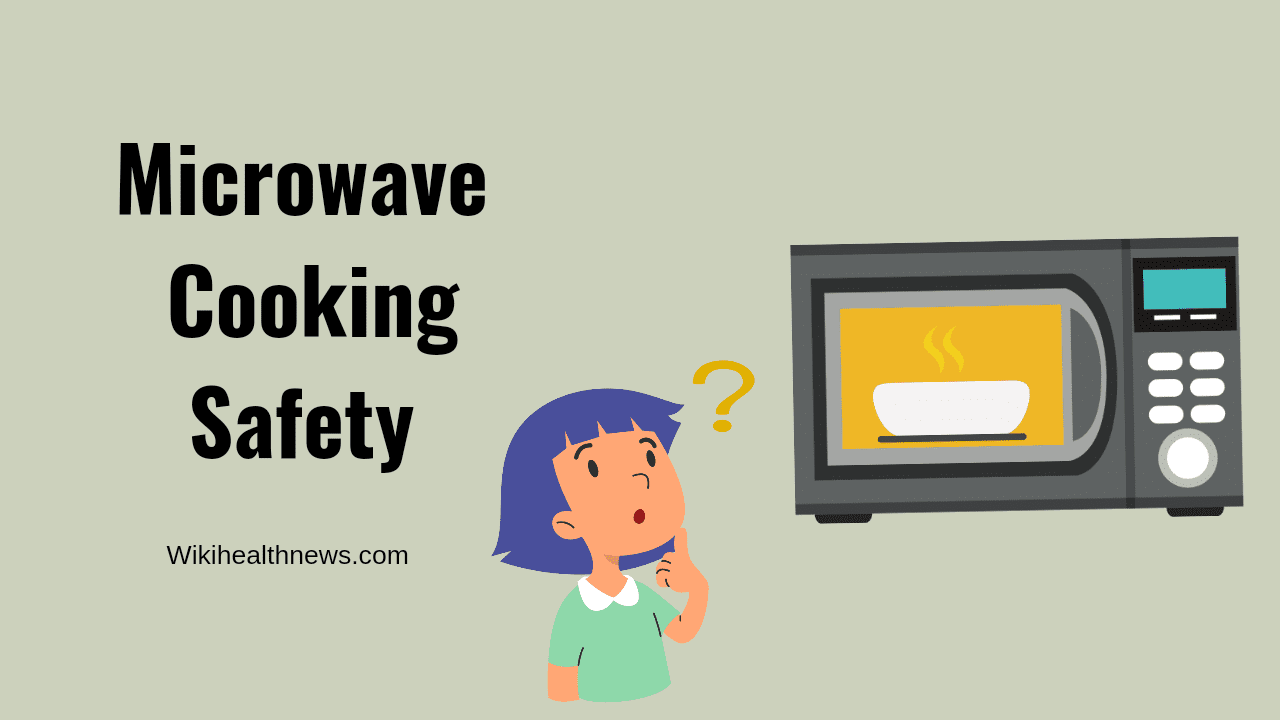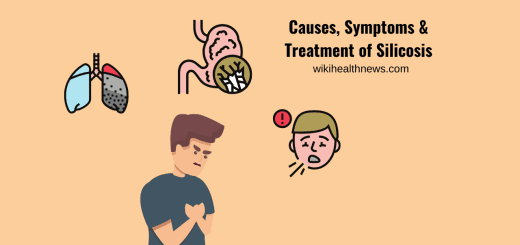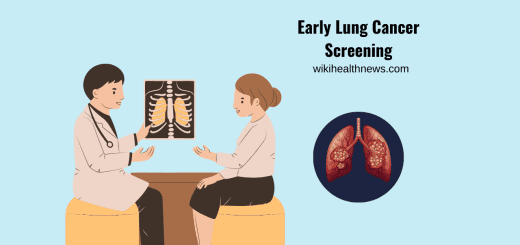The Safety of Microwave Cooking: What You Need to Know

Microwave cooking has revolutionized the way we prepare meals, offering speed and convenience that traditional cooking methods cannot match. However, with the rapid rise in microwave usage, many people have raised concerns about its safety. In this article, we will explore the safety of microwave cooking, addressing common myths, best practices, and tips to ensure that your microwave cooking experience is both safe and enjoyable.
Understanding Microwave Cooking
Microwaves cook food using electromagnetic radiation, which excites water molecules in the food, generating heat. This method allows for quick and even cooking, making it a popular choice for busy households. While there are numerous benefits, understanding the safety aspects is crucial. Microwave cooking is more common among modern working women.
Common Myths About Microwave Safety
- Microwaves Cause Cancer: One of the most prevalent myths is that microwaving food can cause cancer. This misconception arises from a misunderstanding of how microwaves work. The energy produced by a microwave is non-ionizing, meaning it doesn’t have enough energy to remove tightly bound electrons or damage DNA. Therefore, using a microwave does not make food carcinogenic.
- Plastic Containers Are Dangerous: Many people worry that microwaving food in plastic containers releases harmful chemicals into the food. While it’s true that not all plastics are microwave-safe, using containers labeled as microwave-safe significantly reduces this risk. Always check the packaging for appropriate symbols to ensure safety.
- Microwaves Cook Food Unevenly: While it’s true that microwaves can cook unevenly, this can often be mitigated by using turntables and stirring food midway through cooking. Additionally, using microwave-safe lids can help retain steam, promoting more even cooking.
Benefits of Microwave Cooking
- Time-Saving: Microwaves can cook or reheat food in a fraction of the time it takes using conventional methods. This makes them an excellent choice for busy individuals or families.
- Nutrient Retention: Microwaving can help retain more nutrients compared to boiling or frying, as cooking times are shorter and less water is used.
- Energy Efficient: Microwaves consume less energy than conventional ovens, making them an environmentally friendly option.
| Health Hazards | Safety Precautions |
| Nutrient Loss | Use shorter cooking times and appropriate power levels to retain nutrients. |
| Hot Spots | Stir or rotate food during cooking to ensure even heating and avoid burns. |
| Steam Burns | Use microwave-safe containers and allow steam to escape before opening. |
| Plastic Leaching | Use only microwave-safe plastics; avoid containers not labeled for microwave use. |
| Uneven Cooking | Ensure food is evenly sized; check for cold spots with a food thermometer. |
| Container Breakage | Use microwave-safe glass or ceramic; avoid metal containers and lids. |
| Food-borne Illness | Cook food to safe temperatures; use a food thermometer to verify if it is done. |
| Chemical Release | Avoid cooking items with metal; do not use containers not meant for microwaving. |
| Explosions (e.g., eggs, sealed containers) | Puncture food with skins or membranes and vent containers before microwaving. |
| Fire Hazard | Never leave the microwave unattended while in use; avoid overheating foods like popcorn. |
Safety Tips for Microwave Cooking
To ensure safe microwave cooking, follow these essential guidelines:
- Use Microwave-Safe Containers: Always opt for containers specifically labeled as microwave-safe. Avoid using metal containers, as they can cause sparks and fires. Glass and ceramic dishes are generally safe, but ensure they don’t have metallic trim.
- Avoid Superheating: Superheating occurs when water is heated beyond its boiling point without actually boiling. This can happen in smooth containers and can lead to sudden boiling when disturbed. To prevent this, place a wooden spoon or a microwave-safe object in the container.
- Cover Your Food: Covering food with a microwave-safe lid or microwave-safe wrap helps retain moisture and prevents splatters. Be sure to leave a small vent for steam to escape.
- Stir and Rotate: For more even cooking, stir and rotate food during the cooking process. This helps distribute heat evenly and reduces cold spots where bacteria can thrive.
- Check Temperature: Ensure that food reaches a safe internal temperature. Use a food thermometer to confirm that meat, poultry, and leftovers are heated to at least 165°F (74°C) to kill harmful bacteria.
- Be Cautious with Liquids: When heating liquids, do so in short intervals and stir in between to avoid superheating. Use caution when removing containers from the microwave, as they can be extremely hot.
Special Considerations for Certain Foods
- Eggs: Cooking eggs in their shell can cause them to explode due to steam buildup. It’s best to scramble or pierce the yolk before microwaving.
- Potatoes: Similar to eggs, whole potatoes can explode if not pierced before cooking. Always poke holes to allow steam to escape.
- Leftovers: When reheating leftovers, cover them and stir halfway through to ensure even heating. Pay special attention to high-risk foods like meats and dairy products.
Conclusion
Microwave cooking is a convenient and efficient method of food preparation that can be enjoyed safely with a few simple precautions. By understanding the myths and following best practices, you can maximize the benefits of your microwave while minimizing any risks. Remember, the key to safe microwave cooking lies in using the right containers, monitoring temperatures, and ensuring even cooking. Embrace the convenience of microwave cooking and enjoy delicious meals without worry!
Call to Action
Have you experienced any challenges or surprises while cooking with a microwave? Share your tips and stories in the comments below! For more articles on cooking tips, kitchen safety, and healthy eating, subscribe to our blog for the latest updates.
Read More











